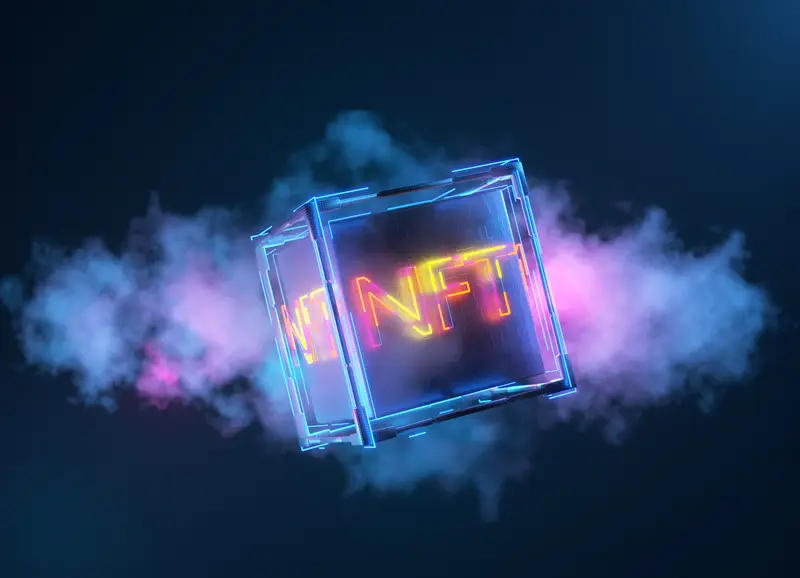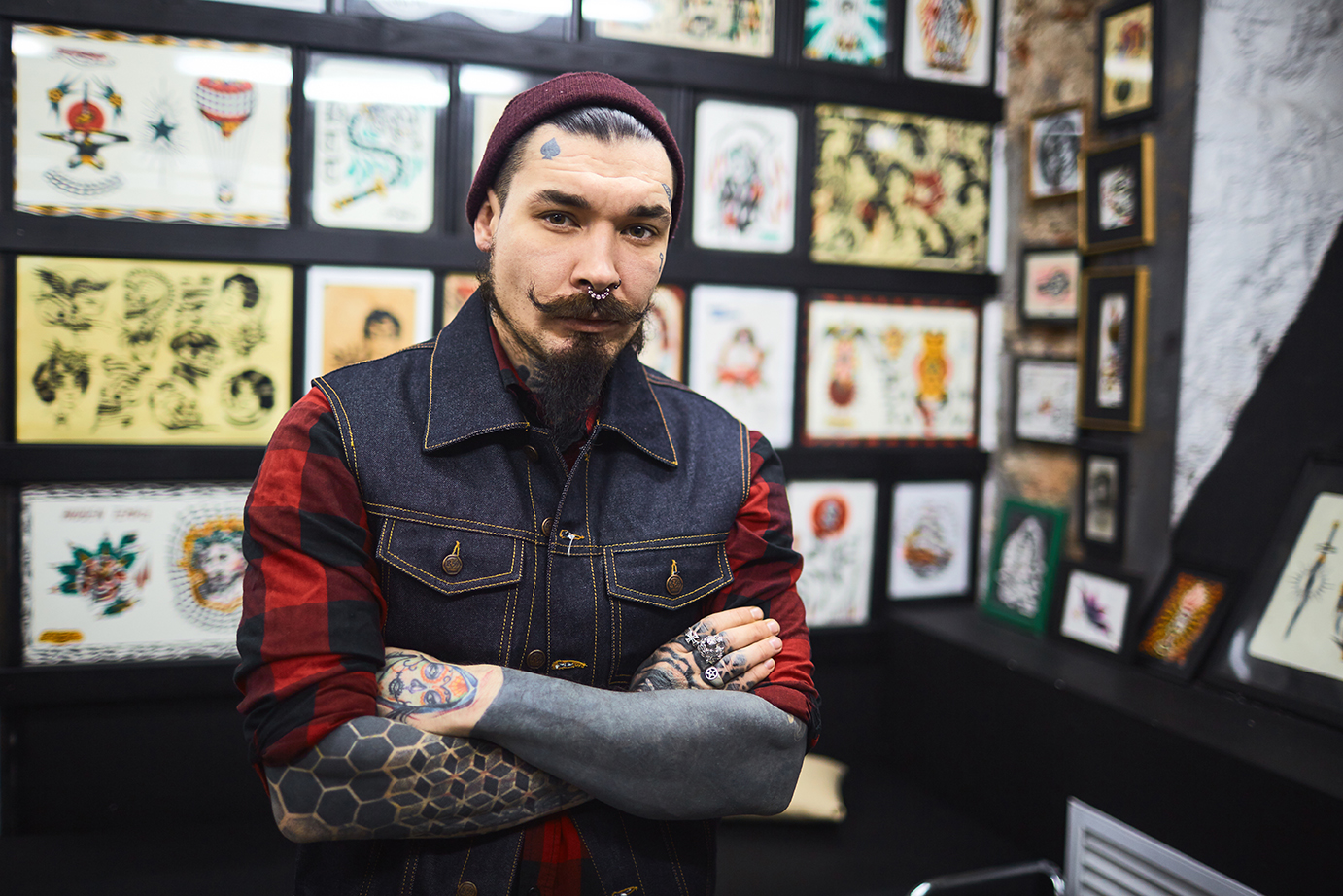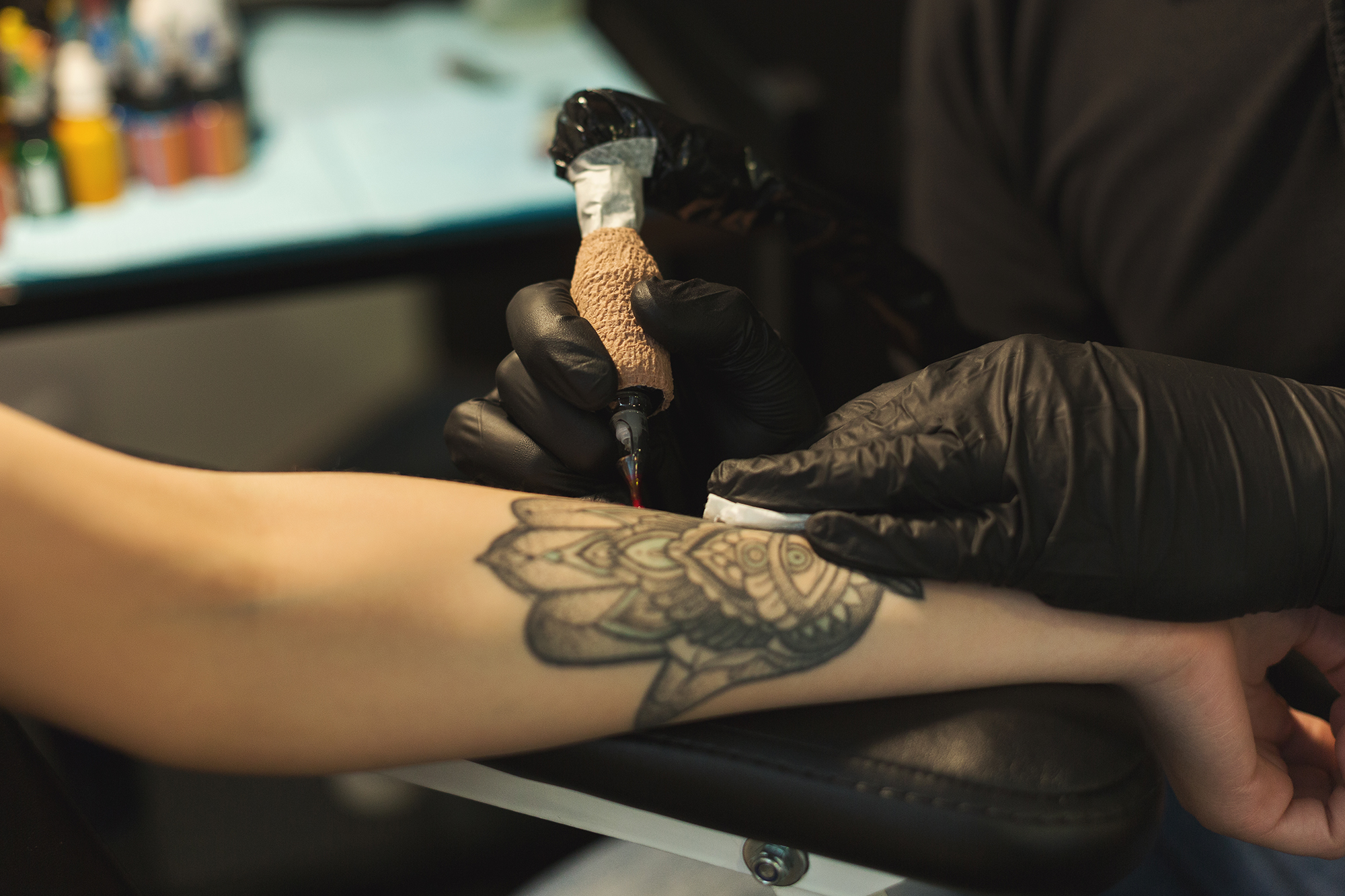So, is the depiction of a celebrity with precise tattoos protected by the Doctrine of Fair Use? As is the answer with most Fair Use questions: it’s unclear. Two recent district court cases had opposite conclusions.
Solid Oak Sketches, LLC v. 2K Games, Inc., 449 F.Supp.3d 333 (S.D.N.Y. 2020)
In the Solid Oak Sketches, LLC v. 2K Games, Inc. 449 F.Supp.3d 333 (S.D.N.Y. 2020), the federal district court in New York considered whether the defendant 2K Games, a video game developer owned by Take-Two Interactive Software, was guilty of copyright infringement for its highly realistic rendering of the tattoos of NBA stars LeBron James, Eric Bledsoe, and Kenyon Martin in its NBA 2K basketball game featuring various NBA athletes. The athletes had each granted permission to the NBA, who then granted the defendant permission to use the athletes’ likenesses in the game.
The plaintiff in the case, Solid Oak Sketches, an entity consisting of tattoo artists, held exclusive licenses to five of the tattoos featured on the athletes. Each tattoo was determined to be highly recognizable and essential to any depiction of the athletes themselves. Solid Oak Sketches alleged that 2K Games infringed on its copyrights (which were federally registered after the game was developed) by depicting these players’ tattoos without a license from Solid Oak Sketches. 2K Games claimed that its used was de minimus and, further, was protected under Fair Use. The Court agreed with 2K Games.
When applying the four factors of Fair Use, the Court found that 2K Games’s use of the tattoos was negligible and only constituted 0.000286%—0.000431% of the entire game’s data; that the use was transformative because they were necessary to render a realistic image of the players’ likenesses; and that the tattoos did not play a significant role in marketing NBA 2K, nor did it hurt Solid Oak Sketches’ market. The court further held that the tattoo artists had granted the athletes an implied, nonexclusive license to use the tattoos as part of their likenesses and personas since the tattoo artists knowingly tattooed public figures, and the players had, in turn, licensed the use of their likenesses for use in the NBA 2K game. Thus, the Solid Oak Sketches court held in favor of 2K Games: the depiction of the players’ tattoos in the NBA 2K game constituted Fair Use.
Catherine Alexander v. Take-Two Interactive Software, Inc, 489 F.Supp.3d 812 (S.D. Ill. 2020)
Solid Oak Sketches’ holding that (a) tattoo artists who ink celebrities grant those celebrities implied, nonexclusive licenses to their copyrightable tattoos and (b) the unpermitted depiction of a celebrity’s tattoos in a video game is protectable under Fair Use contrasts the holding in a recent district court case with nearly identical facts, Catherine Alexander v. Take-Two Interactive Software, Inc. 489 F.Supp.3d 812 (S.D. Ill. 2020). In Alexander, plaintiff tattoo artist Alexander brought suit against Take Two, the maker of WWE 2K (yes, the same 2K), alleging that Take Two infringed on Alexander’s six copyrighted tattoos which she had rendered on wrestler Randy Orton’s body when WWE2K recreated those tattoos in its realistic depiction of Randy Orton in its WWE 2K video game series. Take Two adopted the same argument as in Solid Oak Sketches, claiming that its use was de minimus and permissible under the doctrine of Fair Use. In contrast to Solid Oak Sketches, the Alexander court ruled that Take Two was guilty of copyright infringement and that it unlawfully infringed on tattoo artist’s Catherine Alexander’s copyrights in its realistic depiction of wrestler Randy Orton’s six tattoos in its WWE-2K video game series. Take Two admitted to copying the tattoos to create a realistic avatar.
The court in Alexander did not determine whether Alexander granted Orton an implied license when she rendered his tattoos and concluded that the use was not de minimis since Alexander’s tattoos were copied onto Orton’s avatar in their entirety. The court held that, although Take Two had a license from Orton to use his likeness in the game and although copying Orton’s tattoos were necessary to render a realistic game experience, Take Two’s use of the artists’ tattoos was not protected under the doctrine of Fair Use. The court found that the use was not transformative because it served the same purpose as Alexander’s: to decorate Orton’s body, and that Take Two did not use any creativity when it fully copied the copyrighted tattoos in Orton’s avatar. These factors weighed against a finding of Fair Use. Thus, the Alexander court ruled in favor of the tattoo artist and the protection of her copyrights.
Both of these decisions may be appealed to the 2nd and 7th circuits, respectively. However, we may still not have a clear answer for Fair Use as it relates to tattoos and to artists’ ability to enforce their copyrights. In other words, while tattoos are permanent, the extent of the copyrights of the artists who design them may still be in flux.




